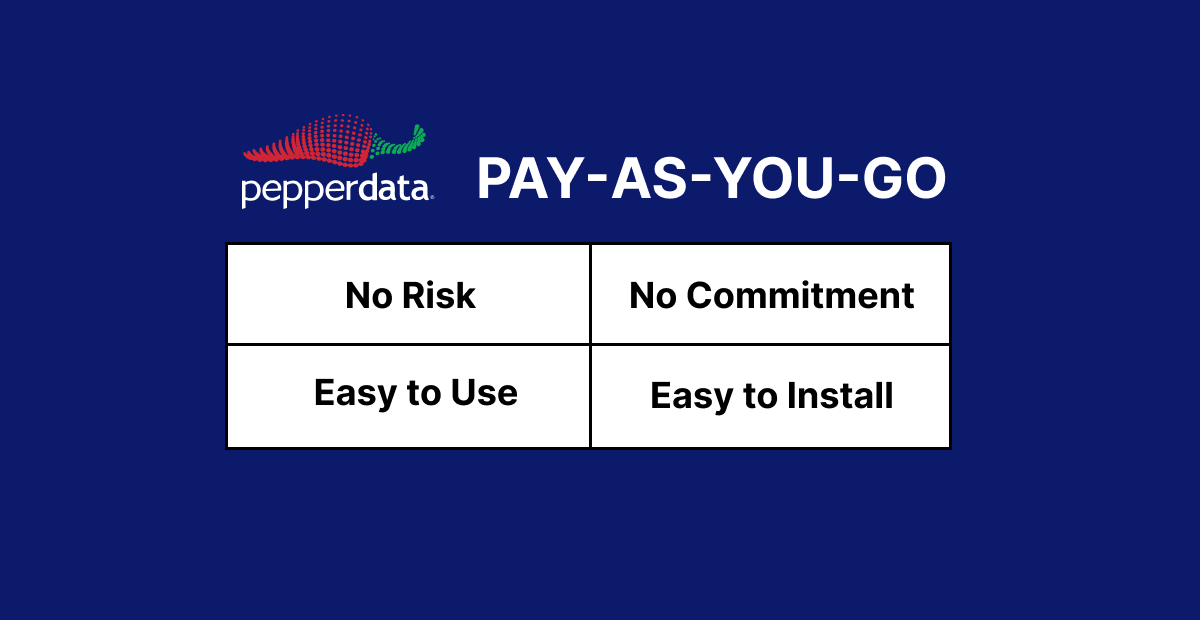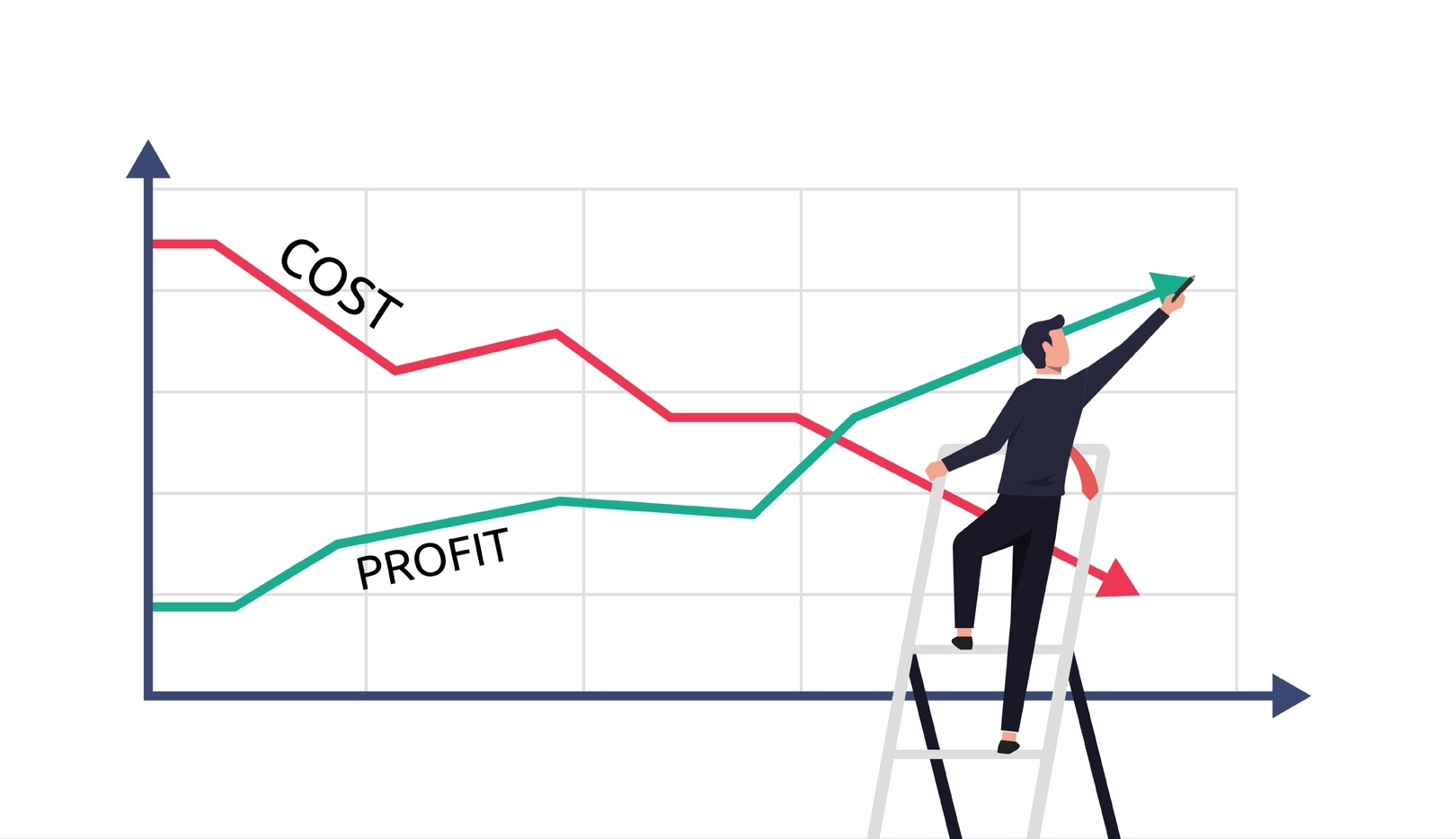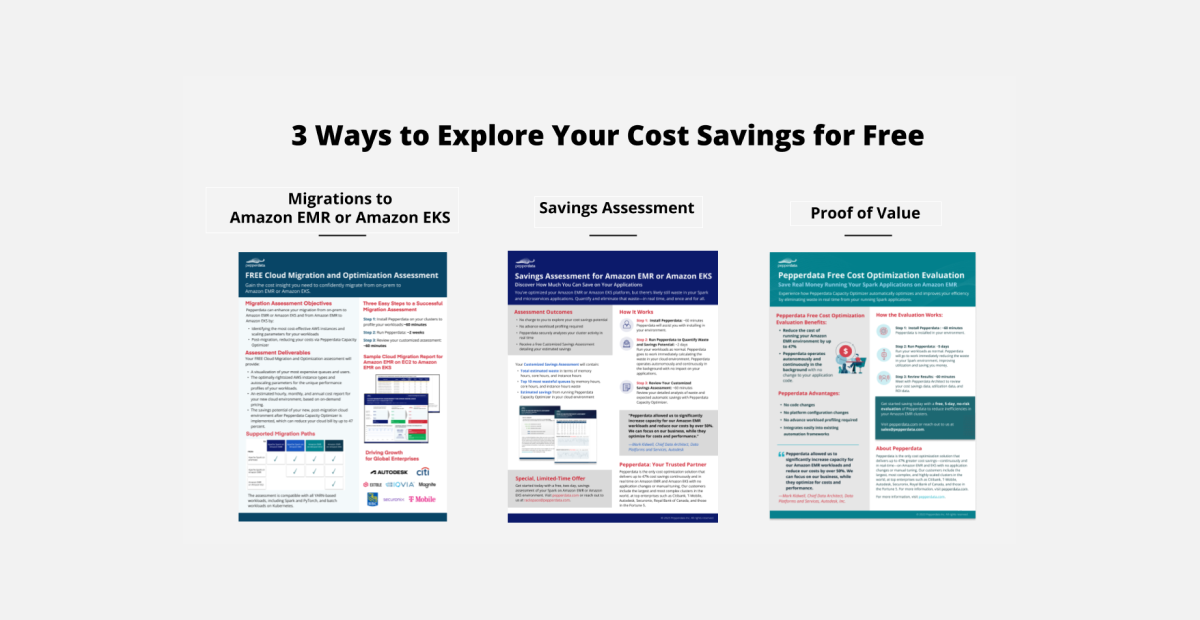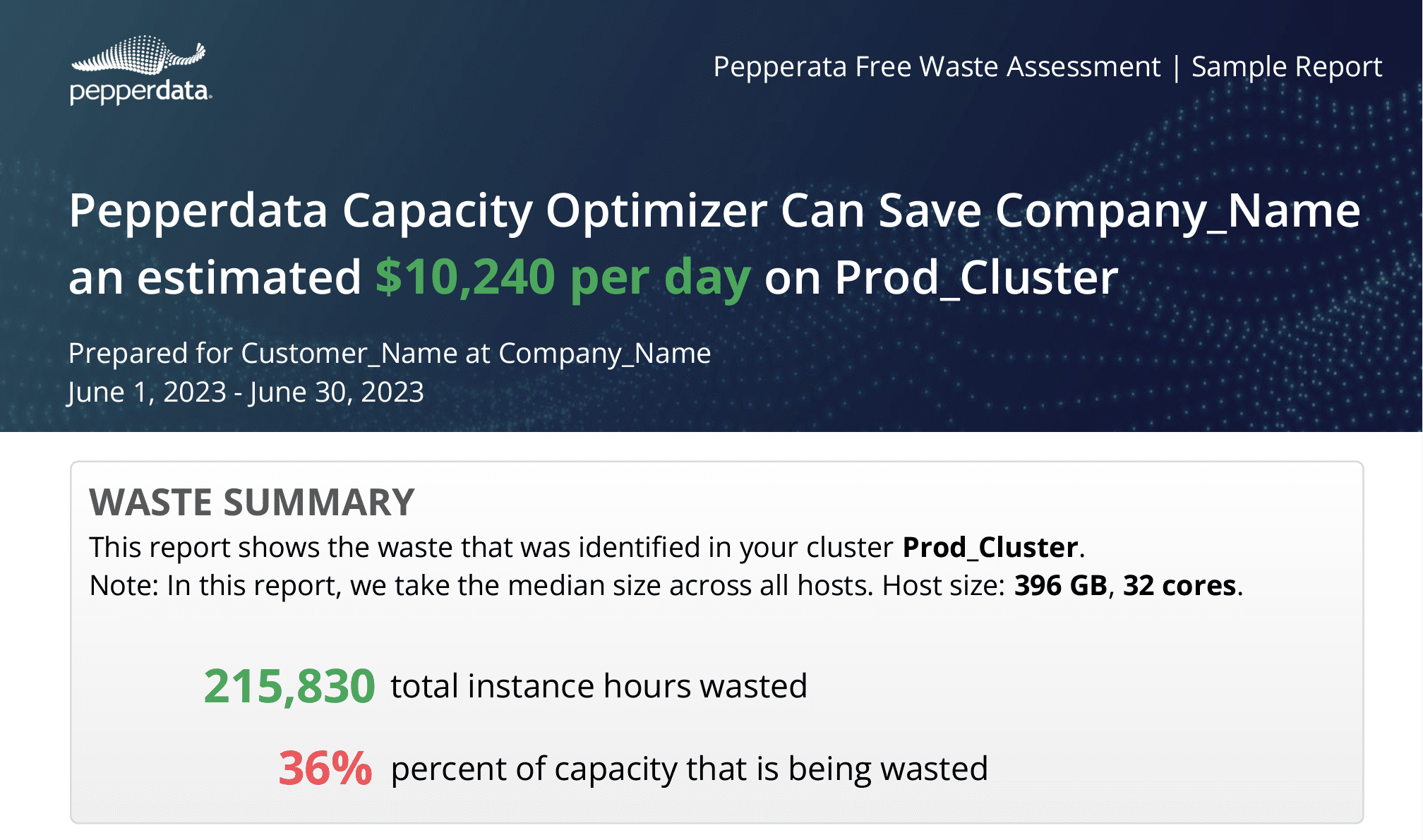April 16, 2024 | 12 MIN READ
Read More
Spark Performance Tuning Tips and Solutions for Optimization
Table of Contents: What is Spark Performance Tuning? The Challenge of Apache Spark Performance Tuning Choosing the Partition and...
January 17, 2024 | 12 MIN READ
A Quick Guide to Get You Started with Spark on Kubernetes (K8s)
Read More
December 19, 2023 | < 1 MIN READ









